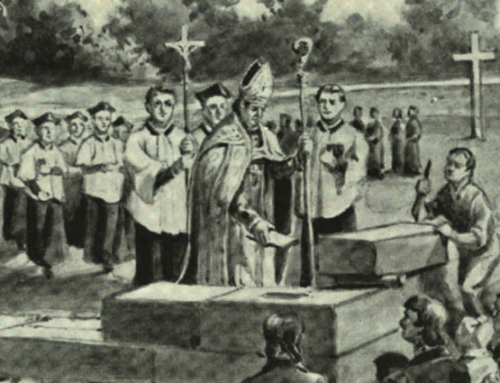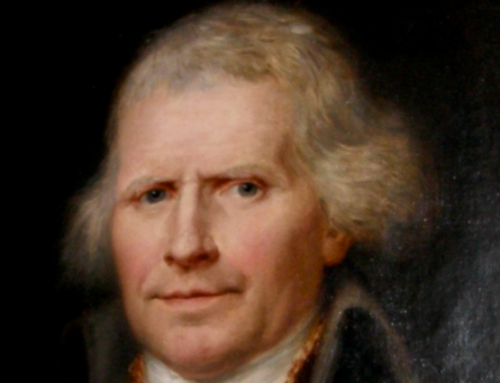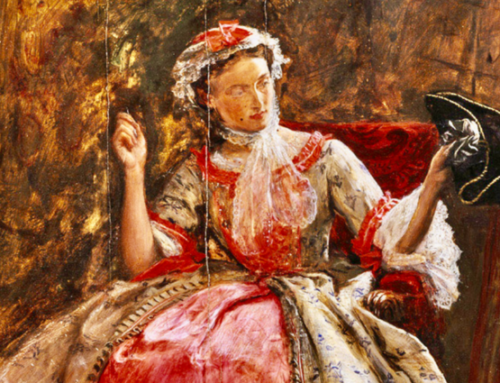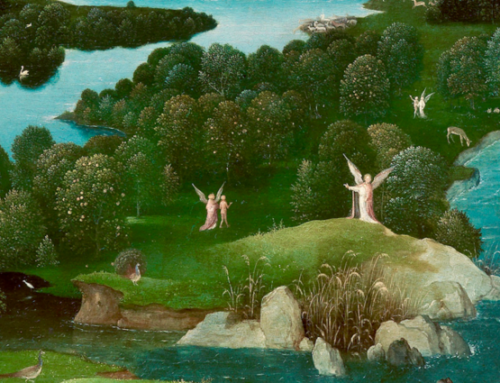I couldn’t help but see Mount Rushmore through the eyes of my children during our visit this summer. Given the recent events in America, I was craving something truly patriotic. As I looked upon the carved images of Washington, Jefferson, Lincoln, and Roosevelt, I felt the awed satisfaction of wonder and amazement.
 I’ve now been to Mount Rushmore three times. When I was really young (around age 3), I loved it. I was, however, far more taken with Custer (the town, not the person) and its family-oriented parks and campgrounds. Indeed, the streets of Custer have never left my imagination, and they still, from time to time, haunt my dreams.
I’ve now been to Mount Rushmore three times. When I was really young (around age 3), I loved it. I was, however, far more taken with Custer (the town, not the person) and its family-oriented parks and campgrounds. Indeed, the streets of Custer have never left my imagination, and they still, from time to time, haunt my dreams.
When I visited a second time, exactly ten years ago (age 42), I greatly disliked (I’ll avoid using the word “hate” here) Mount Rushmore. The place was jam-packed with tourists (yes, including yours truly), and I had far more sympathy for the rights of the Sioux and the Cheyenne and their claims to their holy land than I did for any four U.S. presidents. Ten years ago, the entire place repulsed me, and I was shocked at the enormity of the crowds. It felt more like attending a sporting event than it did a reverent National Park. I did, however, love the Black Hills, and the tourist kitsch amused me, nostalgically taking me back to a happy period in my childhood.
Two weeks ago, my family and I once again drove across the entirety of South Dakota, making pilgrimages to and at the gorgeous Sioux Falls, the inspiring Wall Drug (what an entrepreneurial adventure!), and, this time, the sacred Mount Rushmore.
Please don’t get me wrong, I’m still on the side of the Sioux and the Cheyenne! After all, the Black Hills were truly their reflection of heaven on earth, and, when George Armstrong Custer invaded the Black Hills, he did so illegally. Yet, it was that invasion that meant so much. From it, Custer revealed to the world that gold existed in large quantities in the Black Hills, and, not surprisingly, white argonauts descended upon them in nothing less than a demographic onslaught. The holy man, Black Elk, was certainly not incorrect when he defined gold as the “yellow metal that makes [whites] crazy.”
When we arrived at Mount Rushmore this time, I had already fallen in love with the state of South Dakota, yet again. Being a native Kansan, South Dakota strikes me as Kansas, but on steroids. With a similar cultural makeup as well as similar landscapes, South Dakota is Kansas, but with extensive badlands and mountains! From the moment we entered the state—perhaps, America’s ideal republic—my family and I took it all in, loving it in our souls and hearts. As such, by the time we arrived in Rapid City and, then, Mount Rushmore, we were in a mood to be impressed and even overwhelmed.
We had also, as a family, prepared for our visit to South Dakota by re-watching Alfred Hitchcock’s masterpiece of suspense and false assumptions, North by Northwest, much of which takes place in Rapid City and on Mount Rushmore.
The day we visited, it was really cool, in terms of temperature, and there was a steady drizzle and sprinkling of rain throughout our explorations. Not enough to deter us, the precipitation did, it seems, prevent the vast crowds that normally make up a day at Mount Rushmore from forming. My best guess is that there was roughly 10% of the crowd that there had been back during my second visit, in 2010. Those who attended two weeks ago, were quiet, patriotic (by their t-shirts), diverse in their ethnic makeup, and, most of all, respectful.
My kids, especially, had wanted to visit Mount Rushmore, and I couldn’t help but see the place through their eyes this summer. Admittedly, given the recent events in America, I was also craving something truly patriotic. As I looked upon the carved images of Washington, Jefferson, Lincoln, and Roosevelt, I couldn’t help but feel the awed satisfaction of wonder and amazement. From what I could tell, the other visitors that day were feeling the same thing.
“The union of these four presidents carved on the face of the everlasting hills of South Dakota will constitute a distinctly national monument. It will be decidedly American in its conception, in its magnitude, in its meaning and altogether worth of our country,” President Calvin Coolidge declared at the moment’s dedication in 1927.
At the monument itself, one plaque reads: “Almighty God, from this pulpit of stone the American people render thanksgiving and praise for the new era of civilization brought forth upon this continent. Centuries of tyrannical oppression sent to these shores, God-fearing men to seek in freedom the guidance of the benevolent hand in the progress toward wisdom, goodness toward men, and piety toward God.”
 Further, it states, quoting from William Andrew Burkett, “Holding no fear of the economic and political, chaotic clouds hovering over the earth, the consecrated Americans dedicate this nation before God, to exalt righteousness and to maintain mankind’s constituted liberties so long as the earth shall endure.”
Further, it states, quoting from William Andrew Burkett, “Holding no fear of the economic and political, chaotic clouds hovering over the earth, the consecrated Americans dedicate this nation before God, to exalt righteousness and to maintain mankind’s constituted liberties so long as the earth shall endure.”
Fascinatingly, the National Park Service offers its own version of American history through the monument itself, claiming that George Washington is the father of our country; Jefferson, the author of our rights; Lincoln, the liberator of slaves; and Roosevelt, the savior against Big Business. Not surprisingly, the Progressive Era praise and analysis is the weakest of the historical interpretations presented, but, given the sculptor’s intentions and timing, praising Theodore Roosevelt is understandable, if a bit jarring, in 2020.
Additionally, one might cynically choose to interpret Mount Rushmore as an excessive demonstration and revelation of a civic and political religion. Yes, such an interpretation would make some sense, and it’s the reason I so disliked Mount Rushmore in 2010. But somehow, in 2020, the entire monument takes on an air of innocence and, frankly, nostalgic and wholesome naivety.
Perhaps, nothing better captures such a view than President Coolidge’s own words:
We have come here to dedicate a cornerstone that was laid by the hand of the Almighty. On this towering wall of Rushmore, in the heart of the Black Hills, is to be inscribed a memorial which will represent some of the outstanding features of four of our Presidents, laid on by the hand of a great artist in sculpture. This memorial will crown the height of land between the Rocky Mountains and the Atlantic seaboard, where coming generations may view it for all time.
The Imaginative Conservative applies the principle of appreciation to the discussion of culture and politics—we approach dialogue with magnanimity rather than with mere civility. Will you help us remain a refreshing oasis in the increasingly contentious arena of modern discourse? Please consider donating now.
All images are courtesy of the author.







Wonderful article! Thank you for your patriotism!
I hope I am as patriotic as anyone, but I can’t get past the idea that not even in Mao’s China was a mountain re-carved like this. Better to have left it as God made it.
Thank you, Bradley. I also have visited Mt. Rushmore 3 times and have always cherished those visits.
One of my favorite places in the Black Hills is the Crazy Horse Memorial. Rather than lobby to get funding for the project, Korczak and his family have declined federal help. They prefer to fund the project through donations and revenue from visitors. Rather than a just a finished monument, they envision a school and cultural center for Indians from all over the United States. It’s a very libertarian monument in a very libertarian state!
I don’t believe the Crazy Horse memorial will ever be finished. It has been pretty much the same since I was a child, over 50 years ago. The only progress I have seen is paint applied to the mountain to help visitors envision how the mountain might possibly look, if ever finished.
I have been there many times – family vacations as a child, resident of Rapid City for a decade, visiting friends still living in Rapid City.
I have always loved Mount Rushmore. The Black Hills (paha sapa) are beautiful.
I even worked for the National Park Service at Mount Rushmore during the summer of 1981 (college work study job). I was very disappointed to see the huge parking structure added but to sit silently reflecting on our country’s history while smelling the pine trees and listening to the wind blowing through those trees is something I look forward to every time I visit the monument.
I recently researched my parents’ ancestors and my husband’s parents’ ancestors. The experience refreshed my knowledge of the fascinating and truly inspiring history of our nation. I found American Revolutionary War patriots, as well as ancestors who fought in the War of 1812, the Civil War (Union), and Korean War. I am descended from John Alden and Priscilla Mullins, Our ancestors have been here for 400 years. God Bless America.